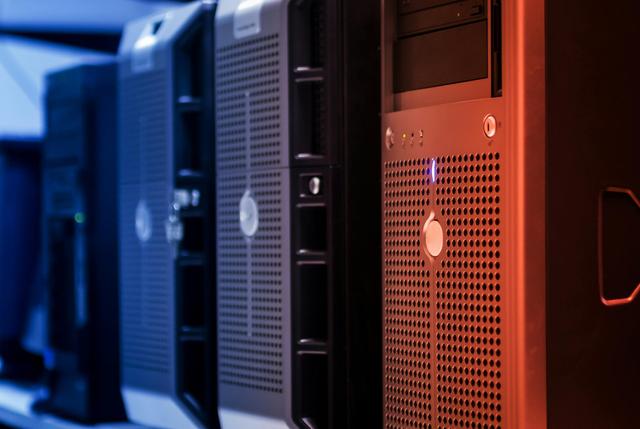The Future of Payment Systems
Aron Ezra
Sep 12, 2023
payment systems
Payment systems are going to look very different in 10 years than they do now, thanks to major transformations and advancements in technology. We’ll be paying for things in ways that are more convenient, secure and interconnected. Here’s just a small teaser of what to expect.
Contactless payments and digital wallets
We already have contactless payment methods, powered by near-field communication (NFC) technology, and they’re becoming standard. In addition, smartphones have made digital wallets like Apple Pay, Google Pay and Samsung Pay commonplace among users, who can store their payment information securely and make seamless transactions using their mobile devices. Expect more loyalty program integrations and receipt tracking with these systems, as well. There will likely be further gamification of transactions, and it will be increasingly easy to pay for items using different types of currencies.
Blockchain and cryptocurrencies
Speaking of different types of currencies, blockchain technology is revolutionizing payment systems by offering transparency, security and decentralized control. Though they’ve suffered a slump from their heady heyday, Bitcoin and Ethereum are gaining traction as alternative payment options, allowing for peer-to-peer transactions across borders without traditional intermediaries. Experts are looking into the underlying blockchain technology for enhancing security, reducing fraud and speeding cross-border payments.
Biometric authentication
Fingerprint recognition, facial recognition and even iris scanning, are making payments more secure. They offer a higher level of ID verification with the kind of ID that can’t be easily faked, and make way for a safer world of payments. At the same time, thanks to the increasingly creepy world of deepfakes, there will be a similar rise in hackers who try to emulate these types of biometric verification tools (voice verification, for example, has now gone out the window as a new wave of programs can mimic voices so well).
Internet of Things and VR/AR
The Internet of Things, along with VR and AR advances have begun introducing payment systems into connected cars, wearables and smart appliances, opening up completely new opportunties for payments. Imagine when your refrigerator needs a new filter, you can hit a button on it to order that filter. Teslas, for example, already allow people to pay to recharge their car using their stored credit card on their Tesla app. And both Apple and Meta will be pushing hard to give users the ability to pay for all sorts of things within their expanding virtual reality worlds.
AI and machine learning
With their powerful data analytics working on fraud detection, personalization and decision-making, AI solutions can reduce the risk of financial loss for both consumers and businesses. They’ll also be able to give you far more tailored offers at the right time and the right place to purchase things that you’re a lot more likely to genuinely want. Imagine that you arrive at the beach, only to receive a text message that you can rent a surfboard, a fishing pole or some floaties at a 50% discount if you pay right away.
Smart contracts
Smart contracts, powered by blockchain technology, automate and enforce contract terms. This means that payments can be triggered automatically when specific conditions are met, streamlining processes and reducing administrative overhead.
Regulatory and security considerations
Security and regulatory compliance have become paramount as payment systems have become more complex. Future payment systems have to strike a balance between innovation and security, with compliance with data protection laws, anti-money laundering regulations and other financial standards is crucial to a company’s success.
Expect technological advancements to bring about a payment landscape that’s more secure, efficient, people-centered and fun than ever before.
Let's Get In Touch
Get a free (yes, free!) tech consultation when you reach out.
We’re easy to work with, we know what we’re doing, and we make our customers look pretty awesome.
Contact Info
10845 Griffith Peak Drive, Suite 200 | Las Vegas, NV 89135
(888) 481-4011
Sales@PlanAtechnologies.com


